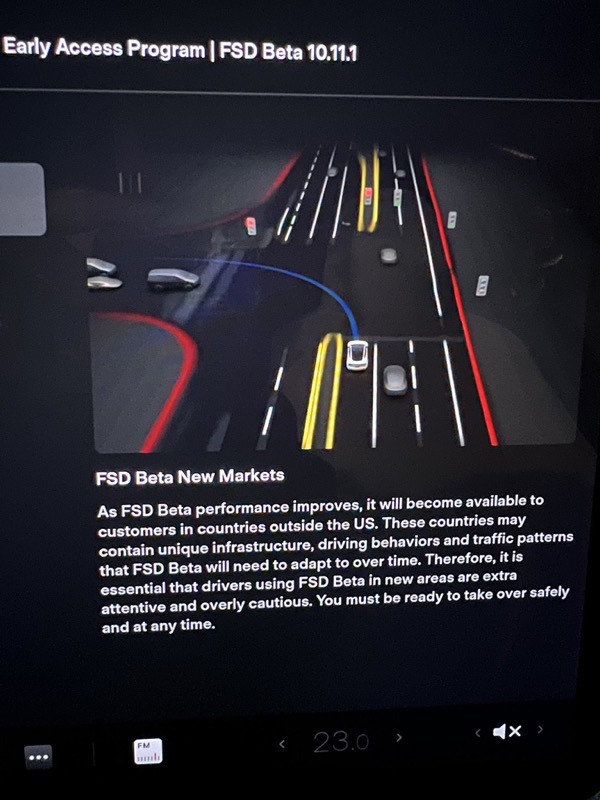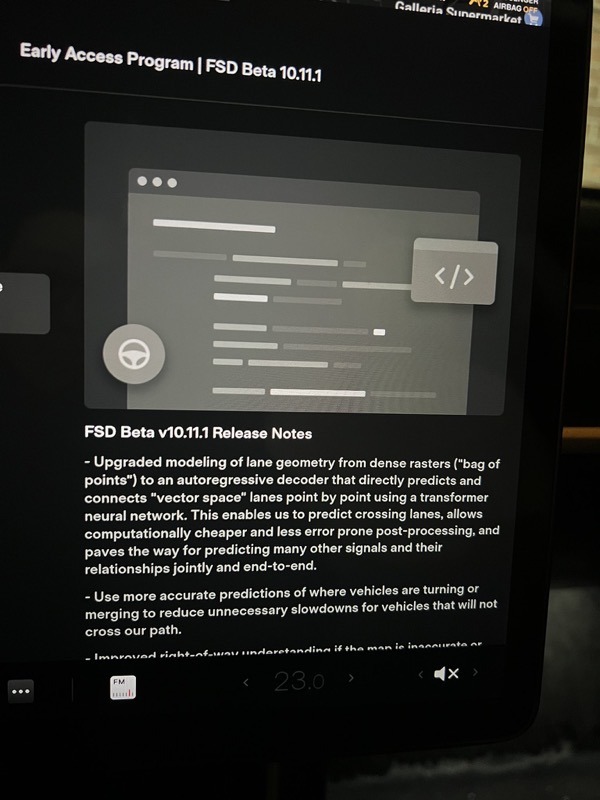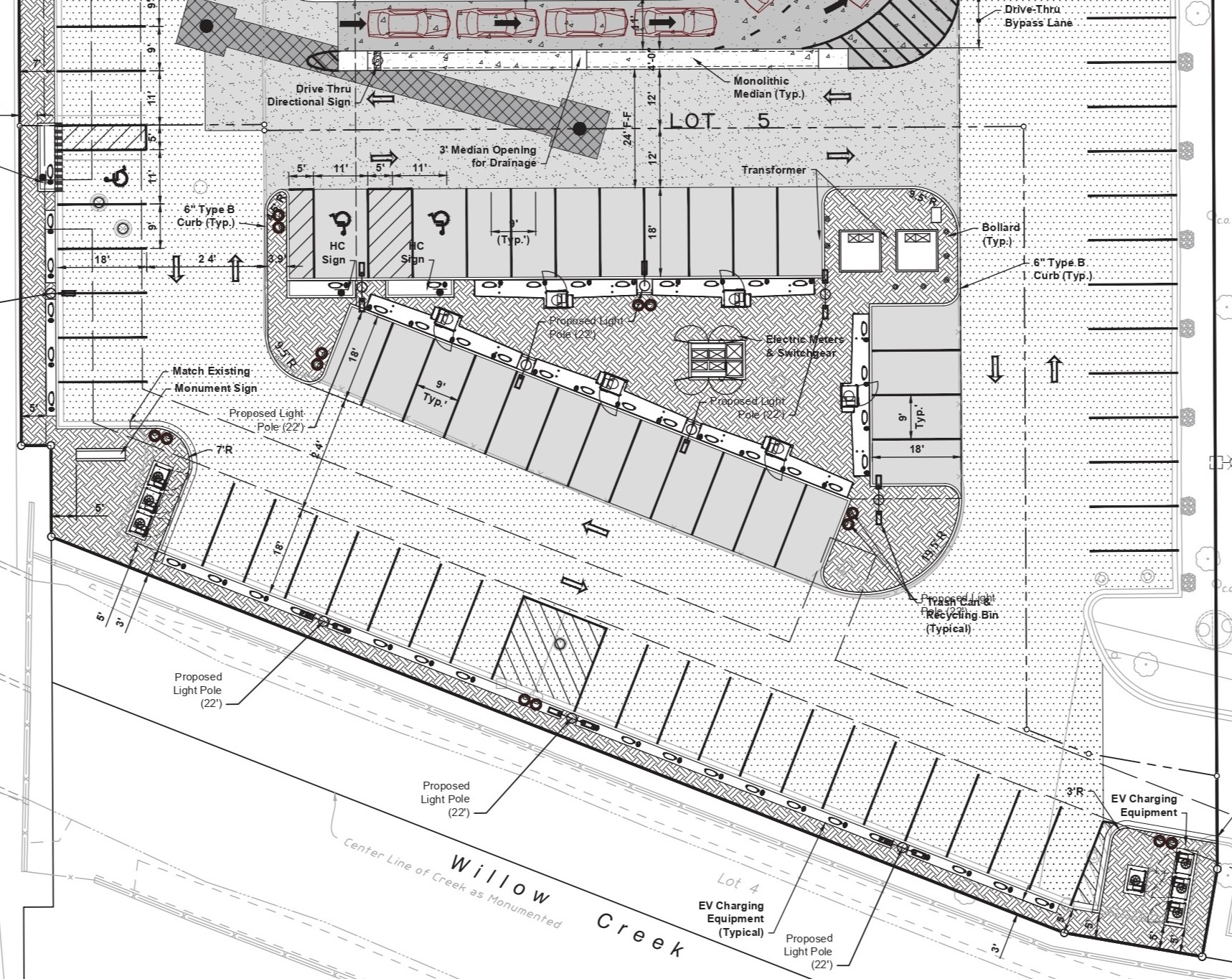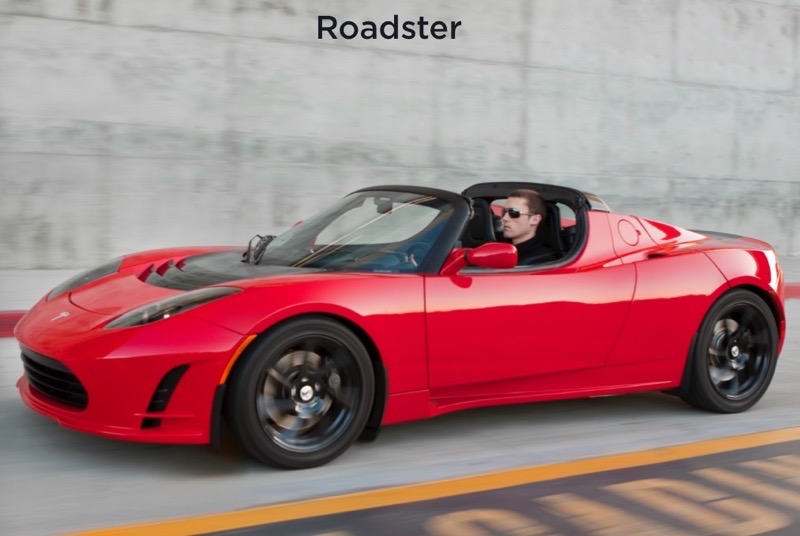
Tesla FSD Beta 10.11.1 Release Notes

Image via Gary (@akidesir)
Tesla released Full Self-Driving (FSD) beta for Canada last night, as part of its 2022.4.5.20 software update, unleashing FSD beta 10.11.1 for Early Access Program testers.
Canadian FSD beta tester, Gary (@akidesir), shared a first look earlier of his late-night drives in Toronto, Ontario, with the test software, which Elon Musk confirmed was geo-restricted in downtown Toronto, for now, due to complexity with handling streetcars.
The geofence is essentially Bloor-Danforth southwards—the downtown core of Toronto with the bulk of skyscrapers and high rise buildings. pic.twitter.com/G2QIthV6cb
— Gary Mark🕊Blue Sky Kites (@blueskykites) March 27, 2022
“As FSD Beta performance improves, it will become available to customers in countries outside the US. These countries may contain unique infrastructure and driving behaviours and traffic patterns that FSD Beta will need to adapt to over time,” explains Tesla’s FSD beta update for 10.11.1 seen in Canada.
“Therefore, it is essential that drivers using FSD beta in new areas are extra attentive and overly cautious. You must be ready to take over safely and at any time,” emphasizes Tesla.
For those seeking FSD beta v10.11.1 release notes, you can see them below, shared with Tesla North by Gary:

- Upgraded modelling of lane geometry from dense rasters (“bag of points”) to an autoregressive decoder that directly predicts and connects ‘vector space’ lanes point by point using a transformer neural network. This enables us to predict crossing lanes, allows computationally cheaper and less error-prone post-processing, and paves the way for predicting many other signals and their relationships jointly and end-to-end.
- Use more accurate predictions of where vehicles are turning or merging to reduce unnecessary slowdowns for vehicles that will not cross our path.
- Improved right-of-way understanding if the map is inaccurate or the car cannot follow the navigation. In particular, modelling intersection extents is now entirely based on network predictions and no longer uses map-based heuristics.
- Improved the precision of VRU detections by 44.9%, dramatically reducing spurious false positive pedestrians and bicycles (especially around tar seams, skid marks, and raindrops). This was accomplished by increasing the data size of the next-gen autolabeler, training network parameters that were previously frozen, and modifying the network loss functions. We find that this decreases the incidence of VRU-related false slowdowns.
- Reduced the predicted velocity error of very close-by motorcycles, scooters, wheelchairs, and pedestrians by 63.6%. To
do this, we introduced a new dataset of simulated adversarial high-speed VRU interactions. This update improves Autopilot control around fast-moving and cutting-in VRUs. - Improved creeping profile with a higher jerk when creeping starts and ends.
- Improved control for nearby obstacles by predicting continuous distance to static geometry with the general static obstacle network.
- Reduced vehicle “parked” attribute error rate by 17%, achieved by increasing the dataset size by 14%. Also improved brake light accuracy
- Improved clear-to-go scenario velocity error by 5% and highway scenario velocity error by 10%, achieved by tuning loss function targeted at improving performance in difficult scenarios.
- Improved detection and control for open car doors.
- Improved smoothness through turns by using an optimization-based approach to decide which road lines are irrelevant for control given lateral and longitudinal acceleration and jerk limits as well as vehicle kinematics.
- Improved stability of the FSD UI visualizations by optimizing the ethernet data transfer pipeline by 15%.
- Improved recall for vehicles directly behind ego, and improved precision for vehicle detection network.
For now, Canadians with Safety Scores of a perfect 100 (and some with 99) have received the FSD beta 10.11.1 download.

